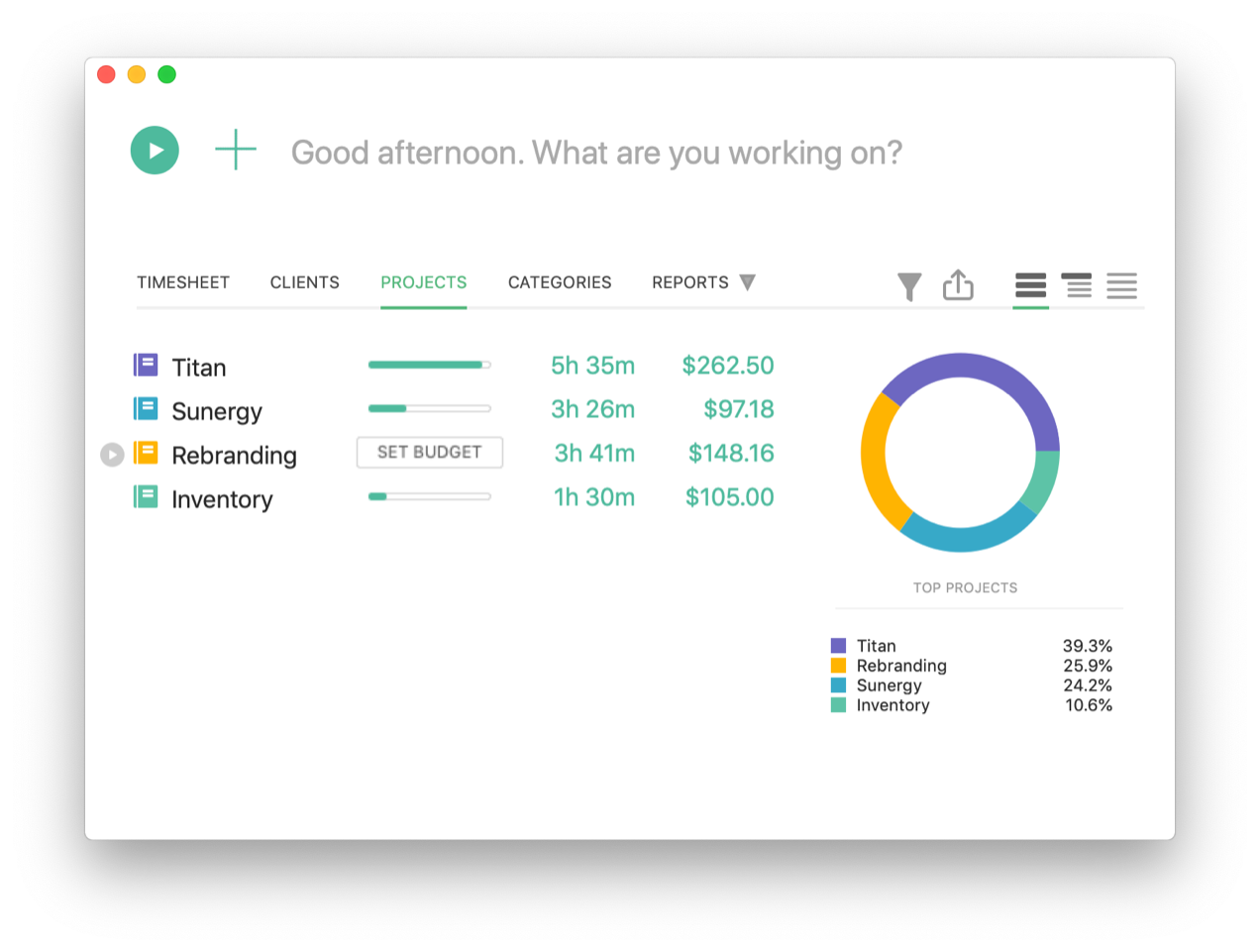


You can export the calendar to a non-Outlook format (Excel or CSV works well), then change the time zone settings and import the items back into Outlook. If you create appointments when the computer clock is set for the wrong time zone, or if you move to a new time zone, you can't change the time zone without messing up the appointment times and all day appointments will span two days. Press the Time Zone button to access this feature. Reminder: in Outlook 2007 and Outlook 2010, you can select the zone the appointment will be in when you create the appointment. Use Outlook's dual time zone feature and name the Default zone "Current" or something so you know it's not a specific zone then set the second zone to your home time zone and name it accordingly.
MOVE OFFICETIME TO NEW COMPUTER WINDOWS 7
Windows 7 saves at least the last 27 entries in the Run command so once you use a command, it can be selected the next time you need to change the zone.


You can easily swap the system time between these two zones, if you need to. Tip: Never change the computer time to match the 'local' time and leave the time zone set for your home time. Use a 3rd party clock utility to display 'local' time so you don't have to change the time zone on the computer.Learn to use Outlook's dual time zone feature.There are ways to make Outlook's use of UTC and time zone offsets time less frustrating with older versions of Outlook. In most cases, you'll want to disable the Windows tray clock when you use these, to avoid confusion. Outlook 2007/2010 allows you to select the time zone the appointment will be held in.Ĭlick the Time Zone button to show the time zone selectors.Īt the end of this article, we have a short list of clock utilities that will display multiple time zones, many more are available at your favorite Windows shareware sites. Older versions don't have an option for 'in what time zone?' so that you could make an appointment for 2 PM and select Pacific time zone and it would show up as 5 PM in your calendar when the computer is using the Eastern time zone. Outlook does not support an absolute time option for the calendar, which would permit you to enter 2 PM and the appointment would always stay on 2 PM, no matter how many times you changed the time zone. This allows someone in another time zone to create a meeting request and it will reflect the correct local time. On a computer configured for the Eastern Time Zone, which has a -0400 offset during Daylight savings time.īy storing all times as UTC, Outlook doesn't need to store any other time information in the appointment and uses the local time zone when rendering the view. For example, any email client will display this sent time:


 0 kommentar(er)
0 kommentar(er)
